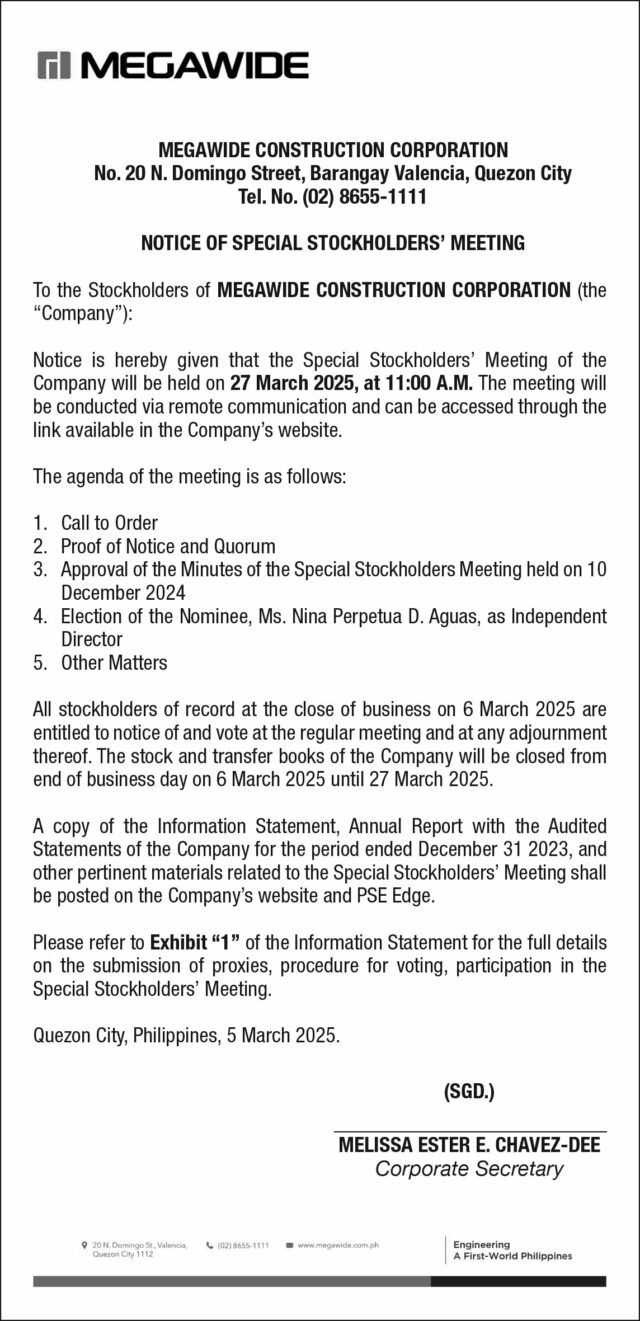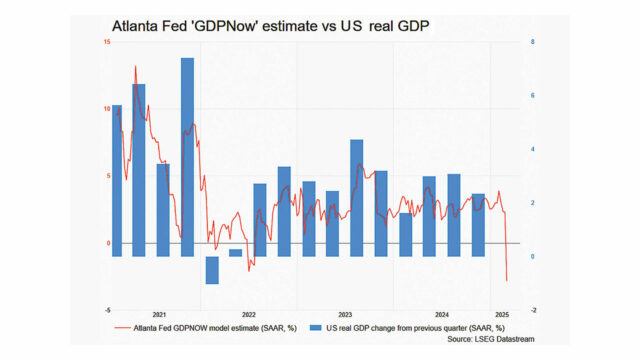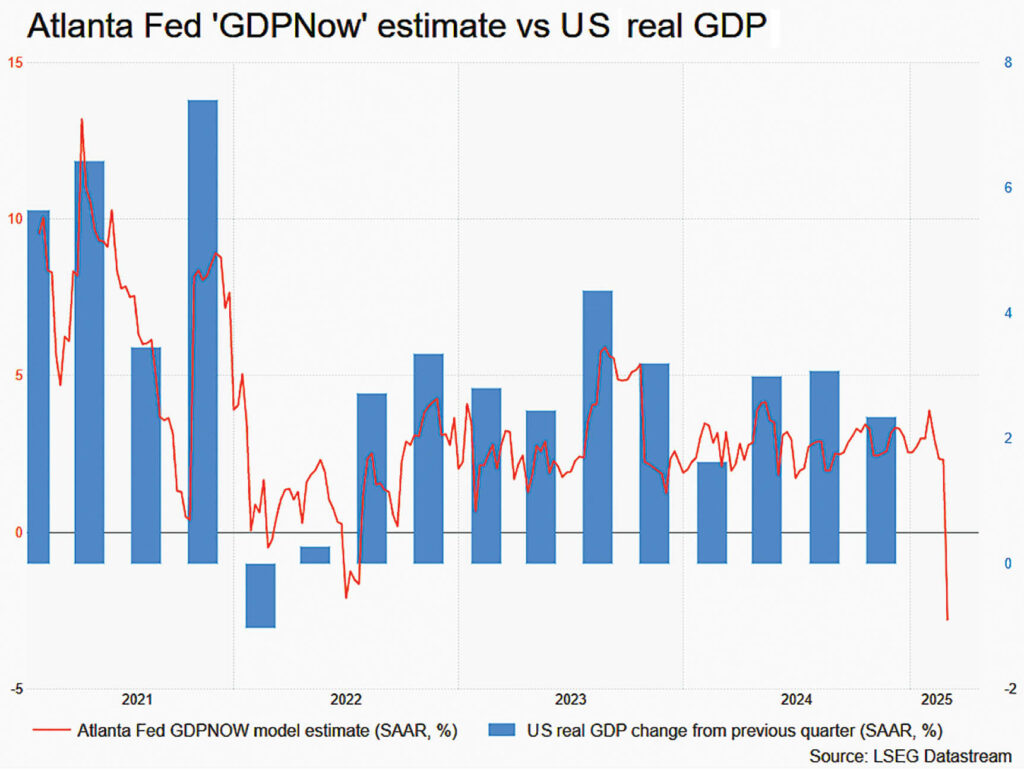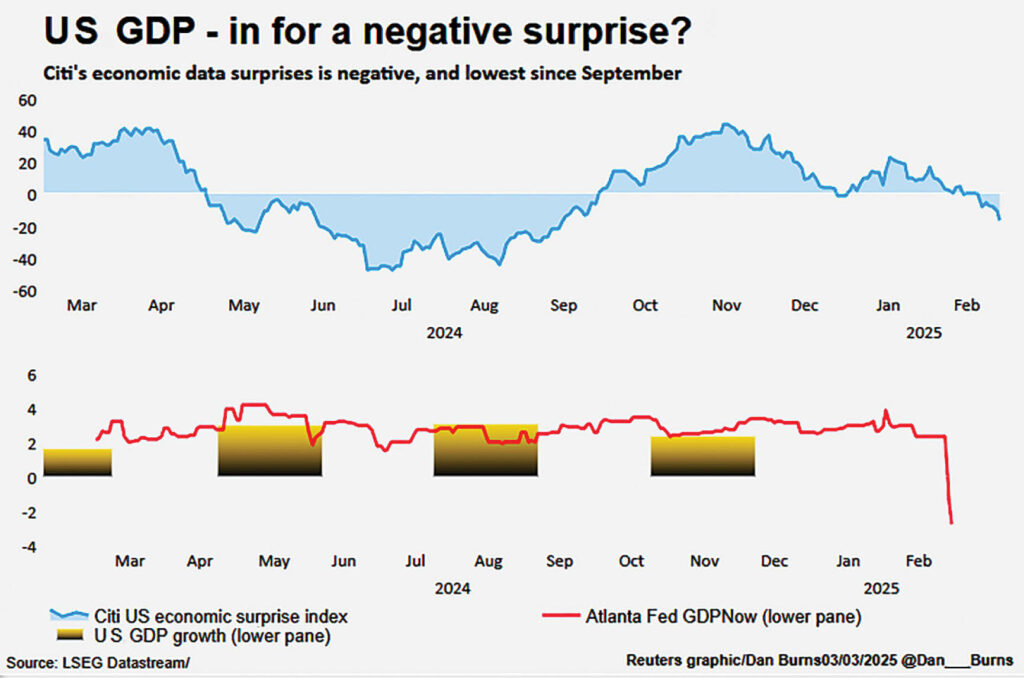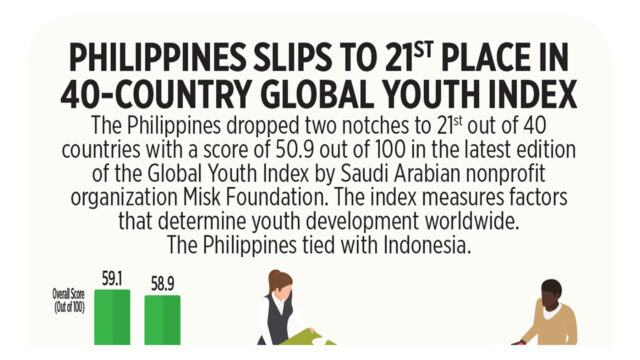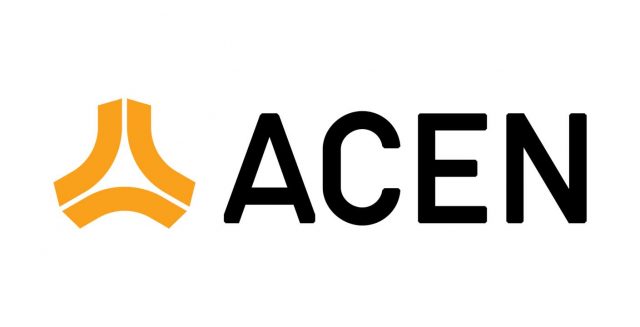Diplomatic relations are not confined to bilateral, country-to-country ties. Often, there are wider alliances and groupings that must be pursued because each nation has something unique to bring to the table. Trilateral collaborations are an important way to participate in global and regional geopolitics with countries sharing the same values and priorities and even facing common threats.
The trilateral collaboration between the Philippines, Japan, and the United States easily comes to mind, with all three countries affirming their commitment to a secure and stable Indo-Pacific region.
The affirmation of the trilateral commitments could not come at a better time, as geopolitical risks persist, especially in the maritime domain. Last year, for instance, was a year of escalated tensions in the West Philippine Sea (WPS), the Senkaku Islands, and Taiwan. China became bolder in its aggressive operations in these three areas. In the WPS, China escalated tensions by using military-grade lasers and water cannons, and ramming Philippine Coast Guard vessels. The Chinese also swarmed the Senkaku Islands with their government ships. In the same year, over 3,000 Chinese military aircraft breached Taiwan’s Air Defense Identification Zone.
The taunting did not let up in the first two months of 2025.
On Feb. 18, a helicopter of China’s People’s Liberation Army (PLA) maneuvered just three meters away from an aircraft of the Bureau of Fisheries and Aquatic Resources (BFAR) over Bajo de Masinloc. The dangerous move imperiled the lives of the Filipino BFAR personnel who were in the aircraft.
A few days later, on Feb. 26, Chinese state media urged the Philippines to withdraw the US’ Typhon intermediate range missile from the WPS. China had the gall to say that the Philippines had acted in bad faith and that “the region needs peace and prosperity, not intermediate-range missiles and confrontation.”
Patrol ships of the China Coast Guard (CCG) have also been swarming the West Philippine Sea. This is similar to what is happening in the Senkaku/Diaoyu Islands in the East China Sea where CCG conducts a regular intrusion in Japanese territory.
DONALD TRUMP
Meanwhile, the United States President Donald Trump is in an uncommon situation where he is president again after leading for four years after the 2016 elections and then losing his reelection bid. It is but natural to wonder how many of his previous policies and pronouncements, and how much of his predecessor’s, he will keep this time around.
Admittedly, these times on the international stage are more challenging than when Trump was first president. China’s increased aggression and doublespeak have intensified, necessitating an approach that must be fully defined for all those concerned.
Seeing the animosity with which Trump speaks of former President Joseph Biden, his immediate successor and also his predecessor, concerns about Trump’s stance and action plan on China are valid. Specifically, will he take a hardline approach against the emerging power? Will he even honor the alliance commitments made under Biden, for instance the statement that the US commitment to Philippine security remains “ironclad”?
We have been observing the US’ recent overt pronouncements as well as the decisions and actions being undertaken in relation to this. At this point we believe we should have little reason for concern. Here is why.
The 6th Multilateral Maritime Cooperative Activity (MMCA), featuring naval and air assets from the US, Japan, Australia, and the Philippines jointly sailed the West Philippine Sea on Feb. 5, the first MMCA under the new Trump administration.
Aside from this, the Philippines was exempted from the US’ 90-day foreign aid suspension and was granted $336 million for the continuation of planned defense modernization programs, including naval, air, land, cyber, and support system enhancements. Taiwan also received this waiver, highlighting its strategic importance. This move underscores the US’ unwavering and ironclad support for its Indo-Pacific allies.
JAPAN
It’s not just the US commitment to the Philippines that appears secure.
On Feb. 7, Trump and Japan’s Prime Minister Shigeru Ishiba held their first official meeting where they emphasized the US-Japan Alliance as the foundation of regional security, with Japan pledging to bolster its defense capabilities.
The US reiterated its defense commitment, including nuclear deterrence, and confirmed that Article V of the US-Japan Treaty of Mutual Cooperation and Security applies to the Senkaku Islands. Both nations vowed to counter any attempts to disrupt Japan’s administration of the islands and to enhance security cooperation to address regional challenges.
These indications of sustained friendly policy continuity are truly reassuring given the escalating tensions caused by China, both in the West Philippine Sea and East China Sea, and opportunities for trilateral collaboration among the US, Japan, and the Philippines abound. Fortunately, the deep and strong diplomatic relations among our three countries are a testament to the democratic values that we like-minded partners share in the face of our common challenges.
These emerging dynamics will be the subject of a forum being organized by the Stratbase Group in connection with the Japan Foundation Manila on Friday. Titled “Navigating Shifting Tides: Security Challenges and Strategic Opportunities for the Philippines, Japan, and the US in the New Trump Administration.”
The lecture, featuring American, Japanese, and Filipino experts, will allow us to look at geopolitical, economic, and defense-related dimensions to deepen our understanding of the security policy of each country and outline practical strategies for strengthening trilateral and multilateral security cooperation.
As global tensions continue to rise, the importance of trilateral cooperation among the Philippines, Japan, and the United States cannot be overstated. Strategic alliances anchored in shared values and mutual security interests serve as a critical counterbalance to the persisting aggression of Beijing threatening the stability of the Indo-Pacific region
Victor Andres “Dindo” C. Manhit is the president of the Stratbase ADR Institute.



